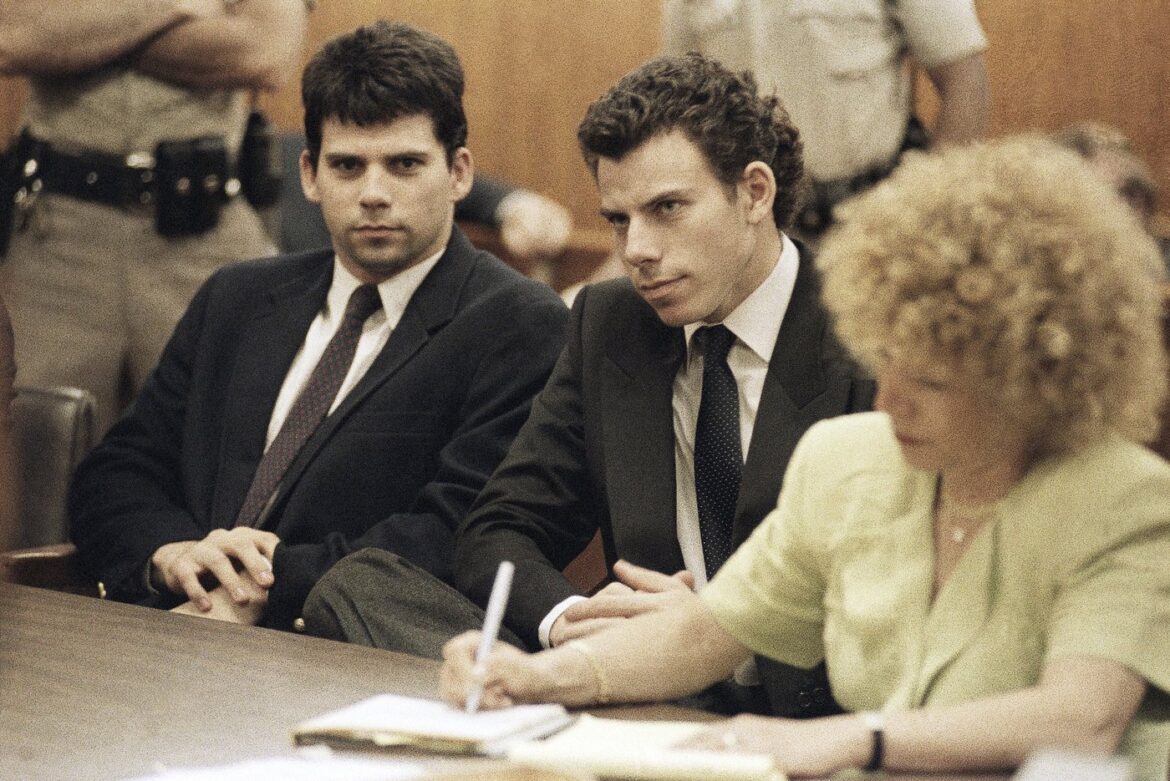The Menendez brothers case, one of the most infamous murder trials in American history, has returned to public focus as Erik and Lyle Menendez seek potential release after nearly 30 years in prison. Convicted in 1996 for the 1989 shotgun murders of their parents in their Beverly Hills home, the brothers have filed a habeas corpus petition citing new evidence and face upcoming resentencing hearings in Los Angeles. The case, marked by allegations of abuse, legal disputes, and renewed media attention, remains a subject of intense scrutiny as the brothers pursue what could be their final path to freedom.
Background of the 1989 Murders
On August 20, 1989, Erik and Lyle Menendez fatally shot their parents, José and Mary Louise Menendez, in the family’s Beverly Hills mansion. The murders shocked the community due to the brutal nature of the killings and the wealth of the family involved. The brothers initially claimed to be unaware of their parents’ fate, but suspicions arose quickly, leading to their arrest in 1990.
Trial and Conviction
The trial began in 1993 and garnered significant media attention. The defense argued that the Menendez brothers had endured years of sexual and emotional abuse at the hands of their parents, justifying their actions as self-defense. Prosecutors contended the murders were motivated by greed rather than fear. In 1996, both Erik and Lyle Menendez were convicted of first-degree murder and sentenced to life imprisonment without the possibility of parole.
Legal Developments Leading to 2025 Resentencing
Over the decades, the Menendez case has seen multiple appeals and legal challenges. In recent years, the brothers have filed a habeas corpus petition, introducing new evidence that challenges the original trial’s conclusions. This petition has prompted the Los Angeles courts to revisit their sentences, scheduling resentencing hearings in 2025. The upcoming proceedings focus on evaluating the credibility of the new evidence and whether it significantly impacts the legality of their original conviction or sentence.
Public and Media Interest
The Menendez brothers’ case continues to attract media coverage and public interest due to its complex mix of familial abuse allegations, courtroom drama, and questions about justice and rehabilitation. Documentaries and news features have kept the story in the public eye, ensuring that the brothers’ legal efforts remain widely followed.
Implications of the Resentencing Hearings
- The resentencing hearings could potentially alter the brothers’ incarceration status, including possibilities for parole or reduced sentences.
- The outcomes may set precedents for how post-conviction evidence is weighed in cases involving claims of abuse and self-defense.
- The case raises broader discussions about the criminal justice system’s handling of trauma and mental health in violent crime cases.
Conclusion
The Menendez brothers’ journey from the murders in 1989 to their current legal battles underscores enduring questions about justice, victimization, and accountability. As the 2025 resentencing hearings approach, all eyes remain on Los Angeles courts to see whether new developments will reshape the lives of Erik and Lyle Menendez after nearly three decades behind bars.
The Menendez brothers’ case remains a compelling example of the complex interplay between criminal justice, allegations of abuse, and long-term legal challenges. As the resentencing hearings in 2025 draw near, the proceedings will not only determine the brothers’ future but also contribute to ongoing discussions about how the justice system addresses new evidence and past trauma in violent crime cases. The outcome could have significant implications for the interpretation of self-defense claims and the treatment of incarcerated individuals claiming abuse, keeping this decades-old case at the forefront of legal and public scrutiny.

